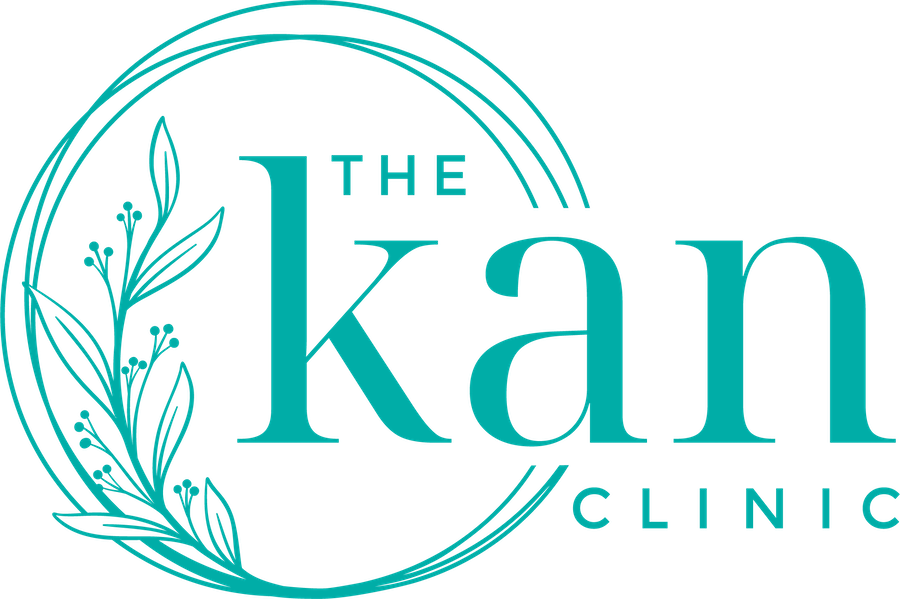Looking for an alternative to junk-laden "Sports" drinks?
When I posted on social media recently about the PRIME HYDRATION craze, I mentioned that, despite not being the worst drink on the block, it’s not something I would encourage regular consumption of due to the artificial sweetener (sucralose) and added preservatives. This prompted quite a few parents to reach out and ask my advice on sports drinks options in general.
When it comes to replenishing electrolytes for active adults and kids, there are a range of options aside from the most popular “sports drinks” that are often loaded with artificial colours, flavours, preservatives, sugar and /or artificial sweeteners.
Like many things when it comes to making decisions for myself and my family, I look at product options in terms of “good, better, best”. What you look for in products may be very individual. For me, I actively avoid artificial colours, flavours and sweeteners and instead look for products with natural sugars and/or natural sweeteners such as stevia or monk fruit. I also aim to avoid added preservatives as much as possible which can be tricky as they are not always listed on the labels!
Of course, the reality is, we make compromises with our food and beverages on a daily basis. Striving for perfection in everything you do will only send you crazy. The best we can do is make educated choices and be aware of the strengths and limitations of these choices.
There are a number of different options ranging from 100% natural, to homemade, to retail and practitioner prescribed.
Simply adding a pinch of high-quality salt and a squeeze of lemon juice to your filtered water will increase its hydrating effects. There are also a plethora of homemade, natural electrolyte drink recipes on the internet that often also include sources of potassium and other electrolytes. But let’s be honest: we don’t all have time for that! So what are some other options?
Coconut water is the perfect 100% natural, no-nasties electrolyte drink. It contains around 38 milligrams of sodium, 500mg potassium, and 12.8 grams of carbohydrates, (10g sugars) per 250mL cup, compared with 306 milligrams of sodium, 135mg potassium, and 36 grams of carbs (36g sugars) in a 600mL bottle of original Gatorade.
My favourite retail electrolyte product is RESTORE by Protein Supplies Australia (PSA). It contains electrolytes sourced from tender-green coconuts for hydration and added magnesium & calcium for reducing cramps, L-Glutamine for gut health, and BCAA's added for muscle repair and recovery. It contains no added sugar and is naturally sweetened by the coconut water & stevia. Due to Restore’s classification under FSANZ as a ‘Formulated Supplementary Sports Food’, they must release a disclosure statement that this product is not suitable for children under the age of 15. However, if your children are currently enjoying other sports hydration drinks, and as a parent you are comfortable with them consuming these beverages, then Restore is an excellent, and natural alternative. (If you would like me to start stocking this when I launch my wellness store in May (online and in clinic), just let me know. I would be more than happy to add it to our product range!)
Ultima Replenisher is another retail option. It contains all 6 electrolytes plus support minerals, natural fruit flavours, plant-based colours, zero sugar, zero calories, zero carbs and sweetened with stevia. With zero carbs it might need to be paired with some slices of fruit or other carbohydrate sources for kids and adults who need to replenish more than just electrolytes.
Practitioner product Basica ActivE contains therapeutic doses of magnesium, calcium, zinc and potassium citrate along with selenium and 150mg of sodium per serve. Available in some health stores, a practitioner needs to check that it is suitable for you before use and explain the correct intake and dosage specific to your needs. My clients can all get access to this product once I have checked that it is appropriate for them before prescribing.
There may be a range of different options where you live. These are the ones I have available to me that I would consider.
Remember, identify the main things that are important to you for your family, start reading labels, and try to find products that tick most, if not all, of your preferences. Good luck!

